
—00
The lower sum and upper sum are defined as follows: Lower Sum =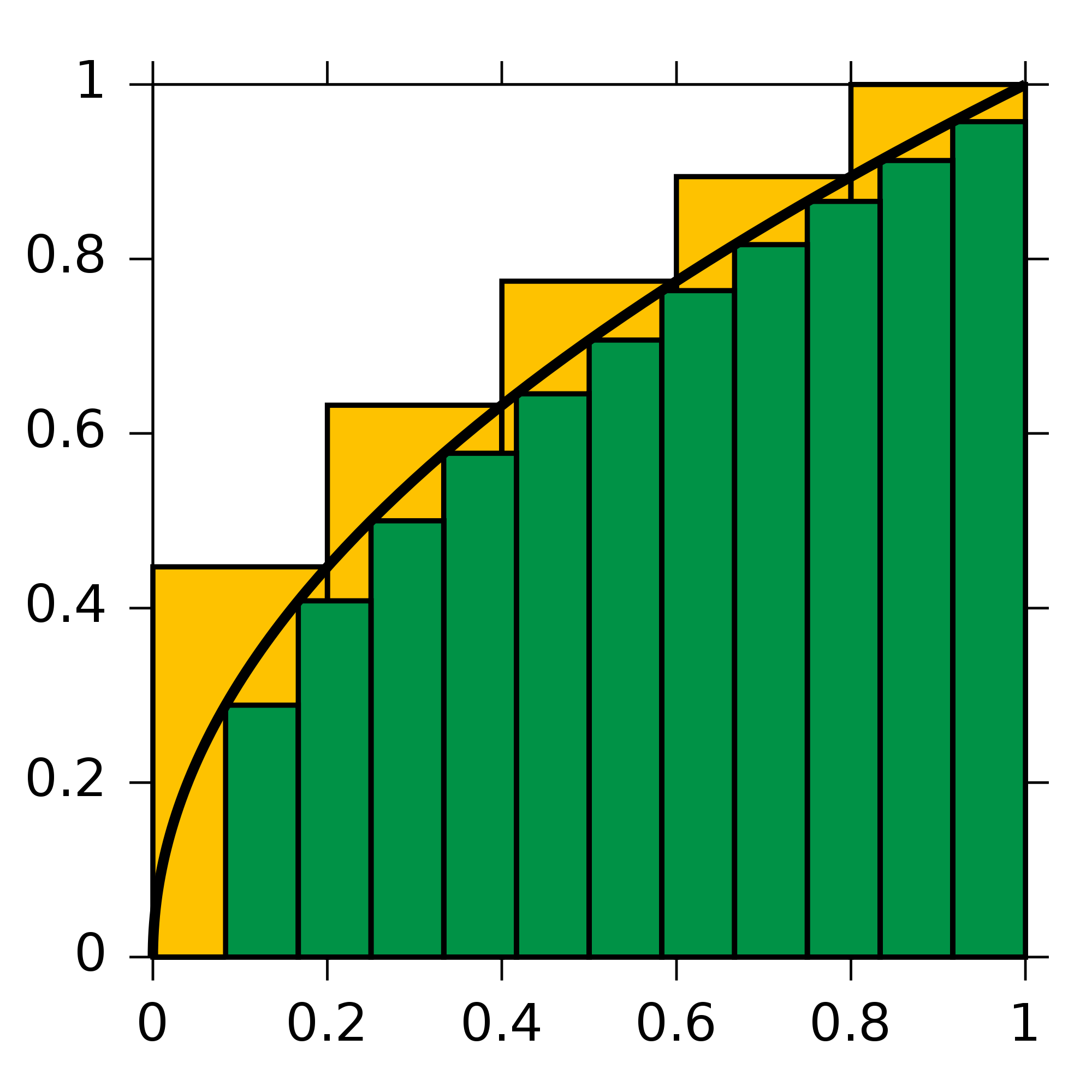

—01
(a) (i) Sketch the curve with 5 inscribed rectangles and evaluate the lower sum. (ii) Sketch the curve with 5 circumscribed rectangles and evaluate the upper sum. (iii) Comment on your results. (b) (i) Tabulate the lower sums and upper sums for n=10, 20, 40. (ii) What do you observe about the lower sums and upper sums as n increases?—02
Let .
(a)
(i) Show that
if
,
(ii) Tabulate the values of
for n=1000, 5000, 10000, 50000, 100000, 500000.
(iii) Evaluate
.
(b) It is given that
if
. Repeat steps (a)(ii) and (a)(iii).
(c) What happens to the value of
if
?


—03
(a) Use the Fundamental Theorem of Calculus to evaluate1 (a) (i)
Lower sum can be calculated by calculate the total area of the inscribed rectangles (refer the diagram). For n=5, △ x=2/n=2/5=0.4. Area of rectangle is given by f(x) multiply △ x or f(x) multiply 0.4.
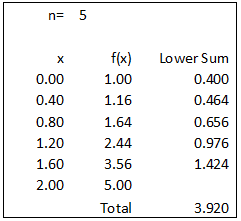
1 (a) (ii)
Lower sum can be calculated by calculate the total area of the circumscribed rectangles (refer the diagram). For n=5, △ x=2/n=2/5=0.4. Area of rectangle is given by f(x) multiply △ x or f(x) multiply 0.4.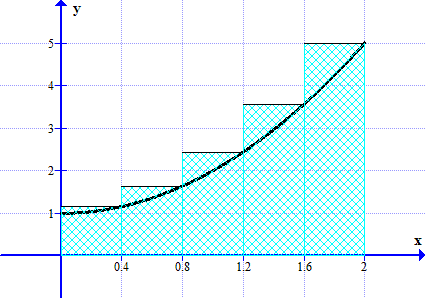
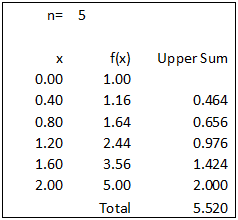
1 (a) (iii)
The upper sum is 40.8% larger than the lower sum. The exact area should be between 5.520 and 3.920.1 (b) (i)
For n=10, △ x=2/n=2/10=0.2. Area of rectangle is given by f(x) multiply △ x or f(x) multiply 0.2.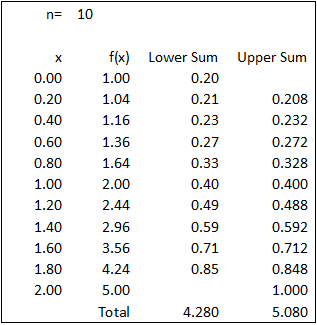
1 (b) (i)
For n=20, △ x=2/n=2/20=0.1. Area of rectangle is given by f(x) multiply △ x or f(x) multiply 0.1.
1 (b) (i)
For n=40, △ x=2/n=2/40=0.05. Area of rectangle is given by f(x) multiply △ x or f(x) multiply 0.05.
1 (b) (ii)
As n increases the gap between the lower sum and upper sum is getting smaller.2 (a) (i)
You need to find the proof for the sum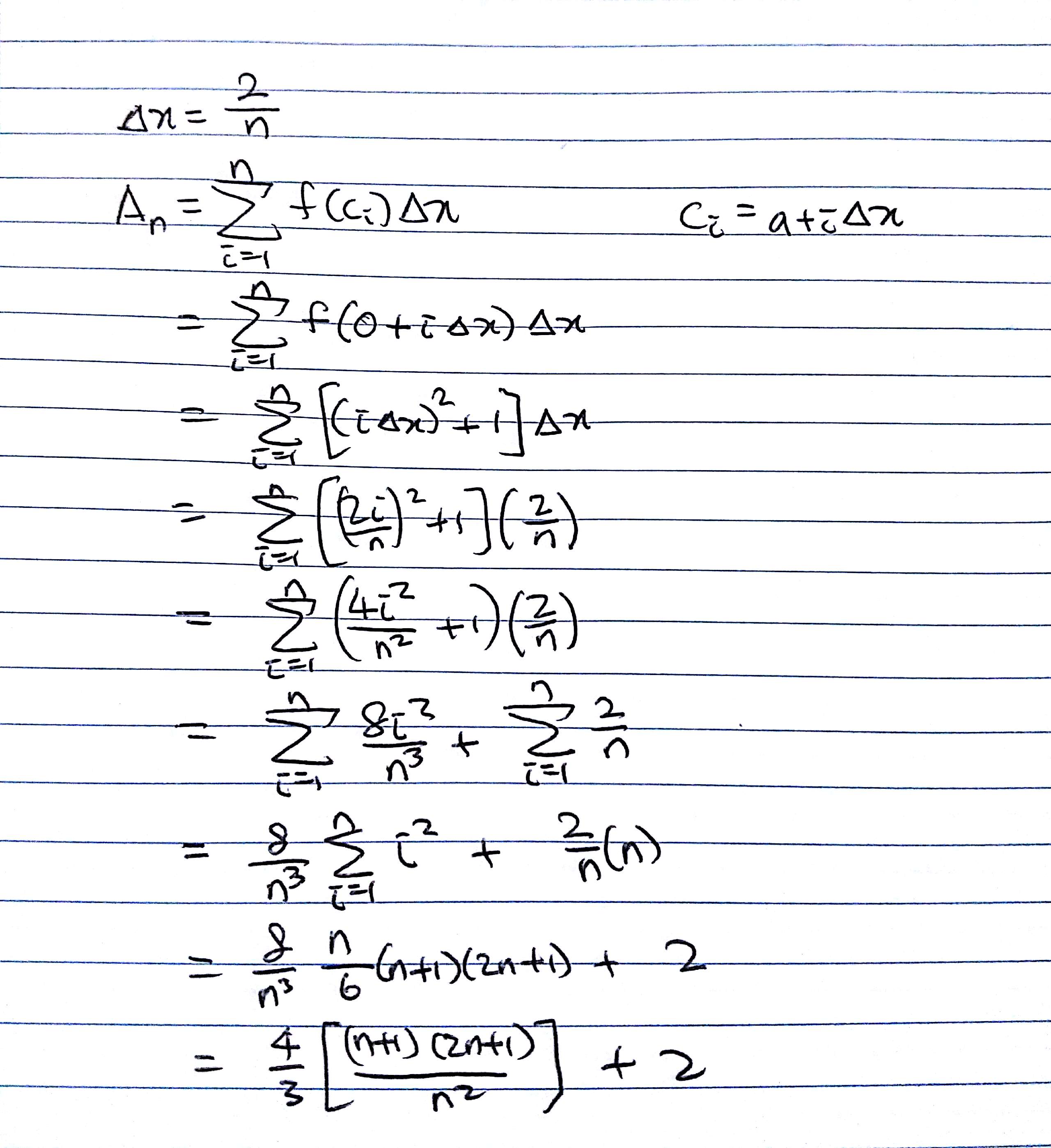
2 (a) (ii)
Prepare the table using the formula provided in part (i)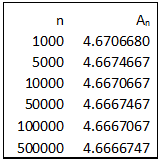
2 (a) (iii)
Find the limit.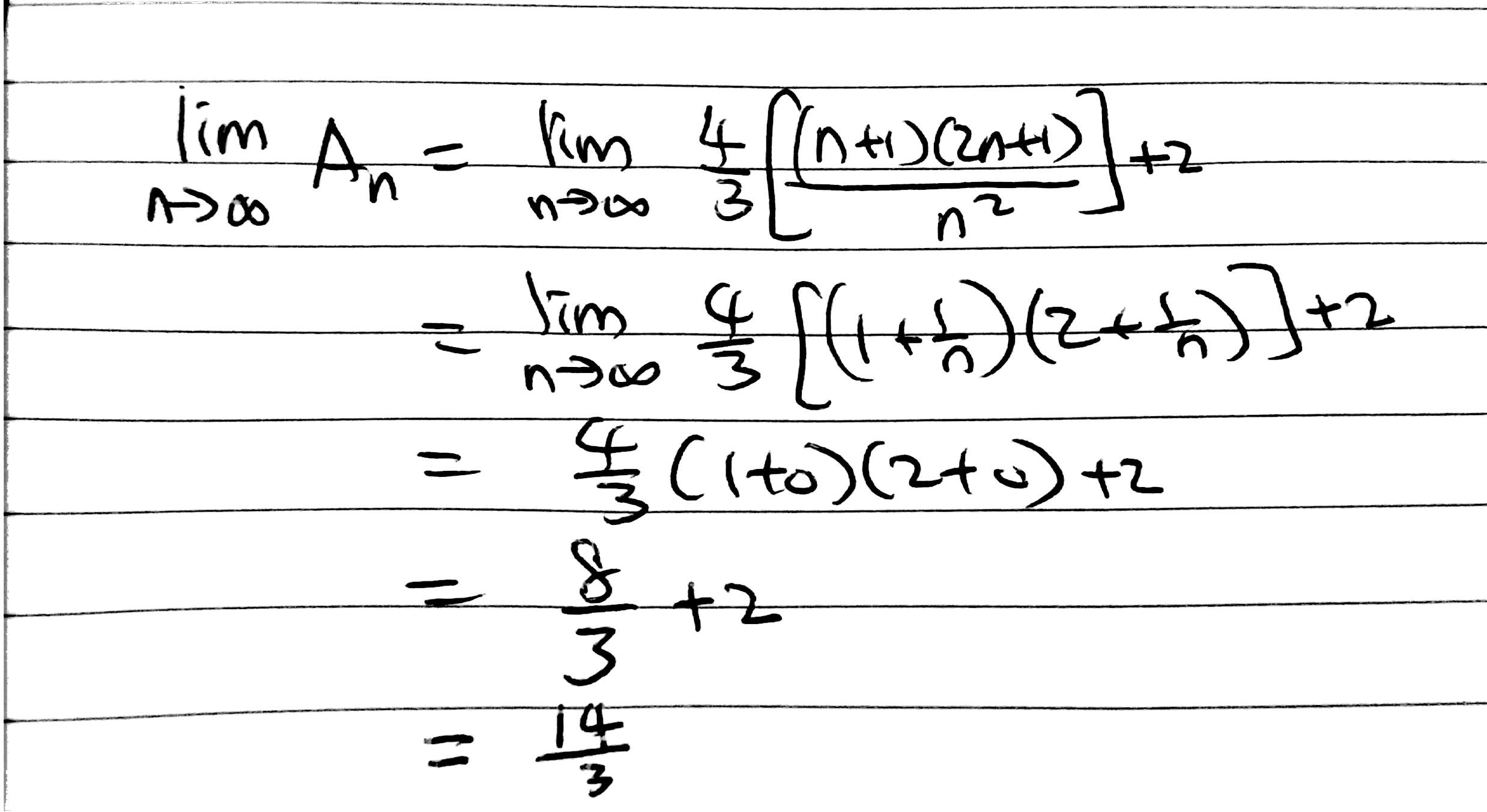
2 (b) (ii)
Prepare the table using the formula provided in part (i)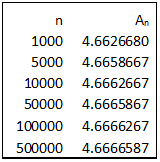
2 (b) (iii)
Find the limit.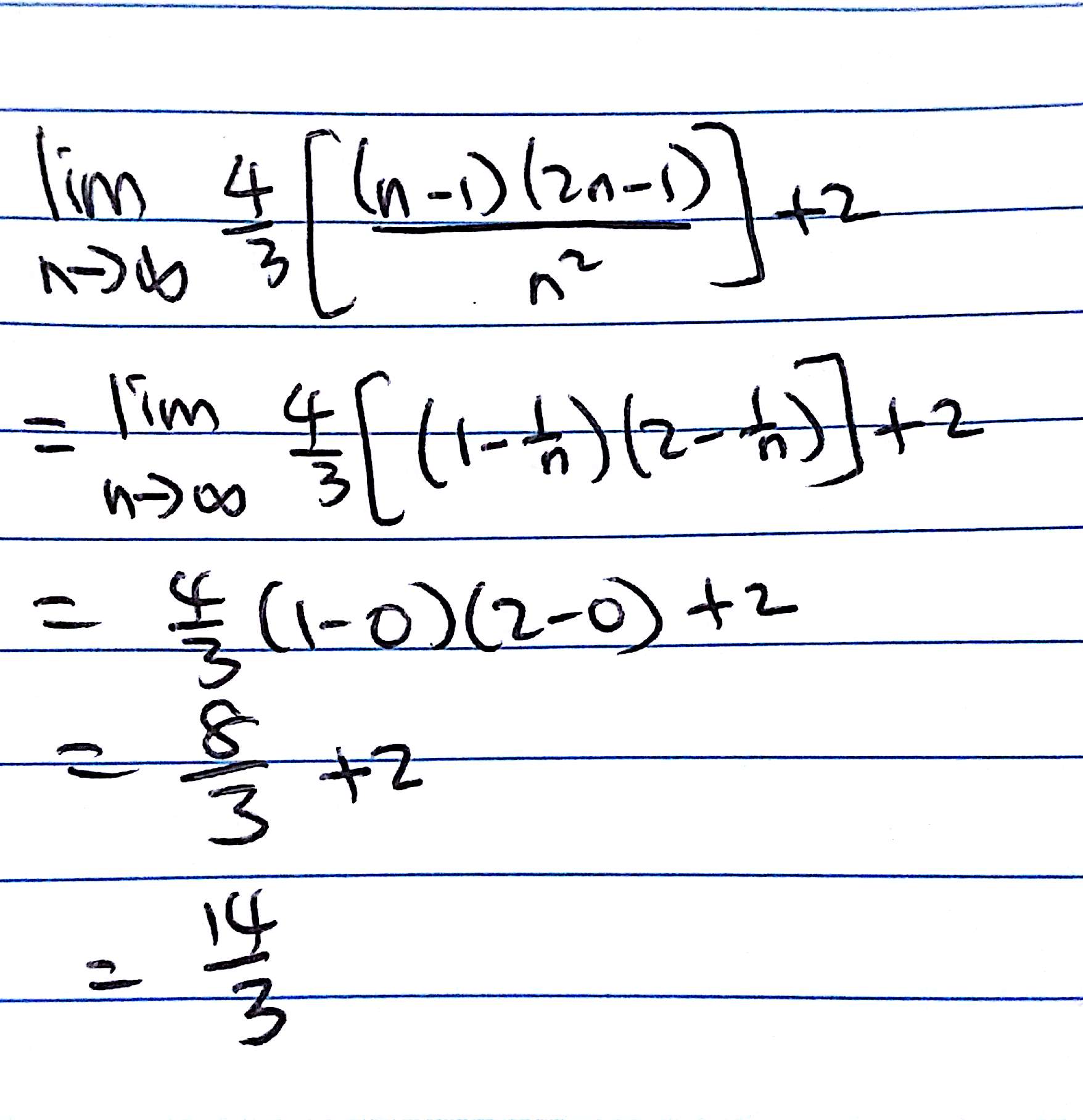
2 (c)
Same value.3 (a)
Normal integration.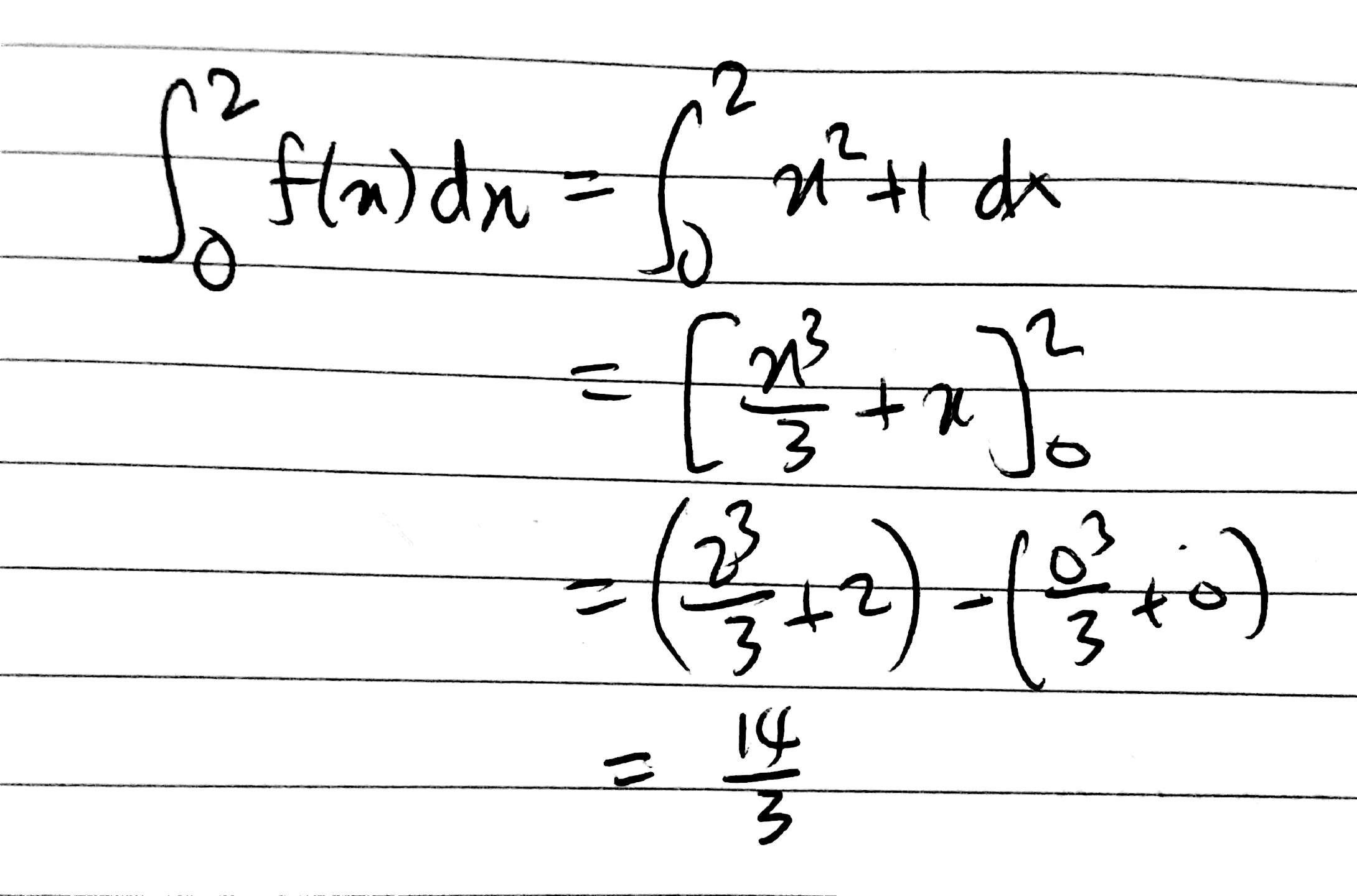
Here are our most recent updates posts
- Feel free to check it out -
Old Syllabus STPM Book For Sale
I am selling all the old STPM books for RM5 each. Please contact me if you are interested.
Complex Number Problem 1
Here are our most recent updates posts- Feel free to check it out -
Pelangi MT Chapter 6 Revision Exercise Q17
The position vectors of point and relative to origin , are given by and...
MT Chapter 15 Booklet Page 23 Question 2
Here are our most recent updates posts- Feel free to check it out -



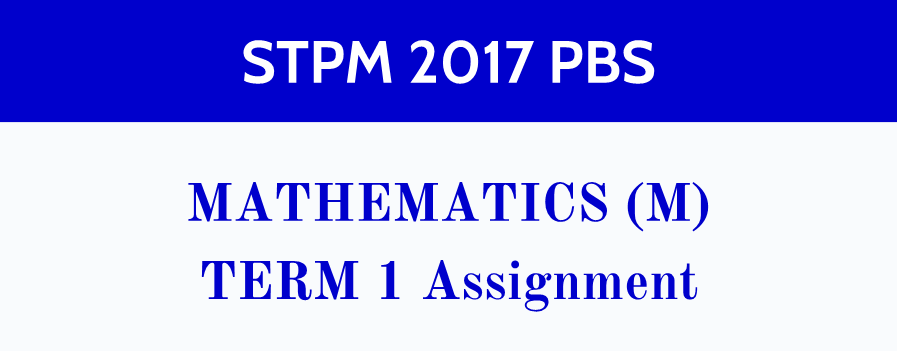
how to find f(mi) and the lower sum ?
and the comment for my results how to write?
Sample solution will be posted once they are available or after i discuss the solution in class.
okay,thanks
may i kw u gt 2018 sem 1 assignment answer
No. I din write it.
Hi. I’m Aries. I’m not your student. But I really need explanation. Because I’m so confused and I really dont know how to start my coursework. I hope that you can help me out. Thanks Sir.
Hi. If you read properly. I have mentioned there. I will post the solution asap when they are available. I will write it after my holiday. 🙂
Aries Christie Lawrence , do you mind to send me a sample of introduction? or anyone here can share v me? thanks and appreciate a lot
@ywlai how you do your introduction ? what are the important point need to mentions ? Can you share with me ? thank you
I’ve difficult to understand the project question sir, can you briefly explain what i should do from beginning coz my tutor left hand and ask me to do own. I was worried coz still left several day to past my assigment.
Hi. Try to get help from other teacher from your school. I will only help on the maths part.
Ok.thanks sir.?
Hi sir..our school just startd our coursework..but I’m still confuse on finding the lower sum and upper sum..looking forwrd for ur rply.. tq..
Solution will be updated soon
Teacher , may i know what are the important point need to mentions in introduction ?
Provides sufficient description to the given problem. (Upper sum. Lower sum) including the title.
teacher can i have some example ? thank you
Please check with your school teacher for details
hi mr.lee,our school have just started our maths M coursework.Thank you for the guidance eventhough i am not one of your students.
can u help me how to do it? becoz I don’t have any guideline to do it.
tpaavitthira@gmail.com its my email. I hope u guys help me.
sir, I’m your student. I’m taking Maths M as my extra subject. So, I’m really confused how to coursework. can u help me?
Which part? Did you get the handout in class?
no I didn’t get any handout. they asked to me to it by own.
You can get the handout from me in class tomorrow
okey sir. thank you.
Hi Sir, can you please help me on introduction? I can’t find any example or description for it. What I got is only the definition of integration
https://www.google.com/?#q=upper+sum+and+lower+sum
thank you sir 😀
hi, can u pls tell me what is the software u use to draw the graph??
thx a lot~
Graph.
http://www.padowan.dk
sir can i know to do the introduction and methodology??thx
As mentioned above. Please refer to your teacher.
sir, may i know the title of this assignment?
sir,I know how to do introduction and methology can you help me please
How the 2(b) same with 2(a)(i) as 2(b) ci = a+(i-1) delta x?? Can you show me the step pls tq
Which part of 2b? I cant find the “same” part that u mentioned.
Sir, may I know what do we need to write for the methodology?
hai sir, may i know for term 2 assigment dont have ka?
Ya. Not yet posted.
Hi sir,may i know when do you post the asignment M term 2?
Hello sir can I know when sem 2 assignment will be posted..?
Hi there. I am not going to post it soon. Whatsapp me if you really need some help.
Hey , do you have math M stpm 2018 assignment? :))
No